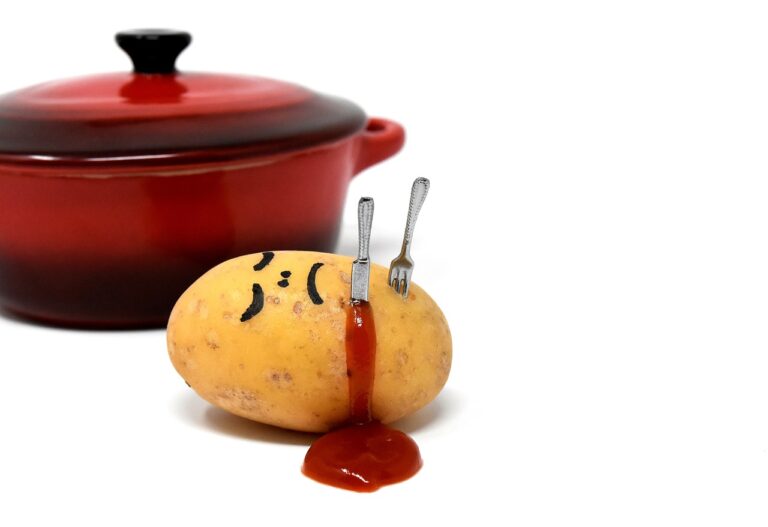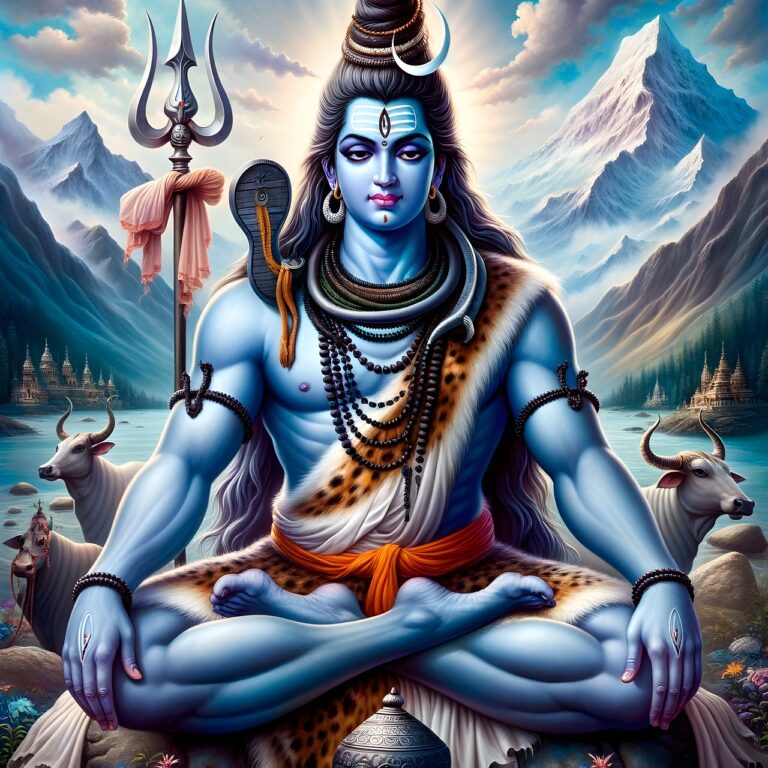The Role of Dance in Theater Productions
Dating back to ancient civilizations, dance has played a crucial role in the theatrical arts. From the ritualistic dances performed in Greek tragedies to the elaborate court dances of the Renaissance era, movement has been used as a powerful storytelling tool on stage. In many historical theater productions, dance was not only a form of entertainment but also a means of conveying emotions, enhancing narratives, and engaging with the audience in a visceral way.
Through the centuries, dance has evolved alongside theater to reflect the changing cultural and artistic landscape. From the classical ballets of the 19th century to the avant-garde choreography of modern experimental theater, the integration of dance into theatrical performances has become more diverse and dynamic. Today, dance continues to be a vital element in theater productions, offering a unique blend of movement, music, and storytelling that captivates audiences and enriches the overall theatrical experience.
The Evolution of Dance in Theater Productions
Dance in theater productions has greatly evolved over the years. From traditional ballet to more contemporary forms like hip-hop and jazz, the incorporation of dance in theater has brought new life and dynamics to performances. As theater itself has evolved, so has the role of dance within it, becoming a central element in storytelling and character development.
The evolution of dance in theater productions can be seen in the diverse styles and techniques now showcased on stage. Choreographers have pushed boundaries and experimented with fusion styles, blending different dance genres to create unique and captivating performances. This evolution has not only enriched the visual aspect of theater productions but also deepened the emotional and narrative layers of the stories being told.
Different Styles of Dance Used in Theater
Dance is an integral element of theater productions, adding layers of emotion, storytelling, and artistry to the performances. Various styles of dance are used on the stage to enhance the narrative, engage the audience, and bring characters to life through movement. From classical ballet to contemporary dance, each style offers a unique aesthetic and conveys different themes and emotions, enriching the overall theatrical experience.
Classical ballet is a timeless style often incorporated into theater productions for its grace, elegance, and precision. The fluid movements and intricate footwork of ballet dancers captivate the audience and add a sense of sophistication to the performance. On the other hand, jazz dance infuses energy, rhythm, and dynamic movements into theater productions, creating a lively and vibrant atmosphere on stage. Incorporating various styles of dance in theater not only showcases the versatility of performers but also allows for a diverse range of expressions and interpretations within the production.
What is the historical significance of dance in theater?
Dance has been an integral part of theater for centuries, dating back to ancient civilizations such as the Greeks and Romans. It has been used to convey emotions, tell stories, and entertain audiences.
How has dance evolved in theater productions over time?
Dance in theater has evolved from traditional ballet and classical forms to more contemporary styles such as jazz, hip hop, and modern dance. Choreographers continue to push boundaries and experiment with new techniques and movements.
What are some different styles of dance used in theater?
Some different styles of dance used in theater productions include ballet, tap, jazz, modern, hip hop, and contemporary dance. Each style brings its own unique elements and movements to the stage.







